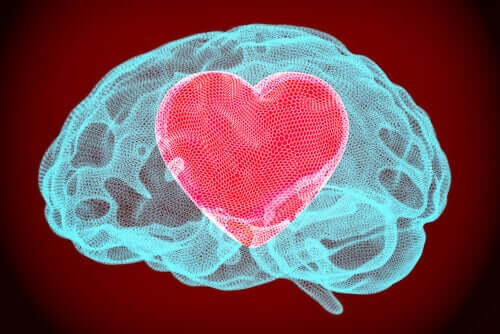No one is free if they don’t own it. To appropriate us, emotional self-regulation becomes a very important factor, Epithet had already said these words 2000 years ago, and it is difficult to understand why, until 1995, when Daniel Goleman’s emotional intelligence appeared, this topic was not treated with the relevance he deserved in psychology.
Contemporary neuroscience has highlighted the importance of amygdala in preparing an anxious and impulsive reaction. Another part of the brain is responsible for developing a more appropriate response (Goleman, 1996, p. 50-53). Therefore, it is possible to cause the regulation of emotional responses.
According to Goleman (1996, p. 61), the need to train our emotions can help us:
“Anger, resentment and jealousy don’t change the hearts of others, they just change yours. ” – Shannon L. Alder-
The evolutionary importance of providing a quick response that allows you to gain a few critical milliseconds in the face of dangerous situations must have been crucial for our ancestors. This configuration was printed on the brains of all proto-mammals, including humans.
The smallest rudimentary brain of mammals is the main one, it is a brain that allows a very fast emotional response, however, although fast, it is also a very raw response.
Do the cells involved in this process allow only rapid but also inaccurate treatments and these rudimentary emotional confusions?Based on feeling without thinking are precognitive emotions (Goleman, 1996).
This poses a problem: the amygdala is often missing. It receives information in a single neuron in the eye and ear about what we see and hear (at high speed in terms of the brain), and only a small fraction of the signals collected by these organs arrive. of the brain that take longer to analyze the information and perform a more accurate reading (Goleman, 2015).
All emotional intelligence skills develop with learning life from childhood, social-emotional learning programs are designed to give children the lessons they need as their brain develops, so they are adapted for development (Goleman, 2015).
The brain is the last organ in the body to reach anatomical maturity, if we look at the changes that occur annually in the way children think, behave and react, in the child’s developmental phases, we will witness their brain development.
Activation of the hypothalamus-pituitary-adrenal axis interferes with cognitive efficiency and learning, if a person is focused on anxiety, anger, anxiety, anxiety or any other emotion that has a high degree of stress, they will have less attention span. to what is said. Emotional self-regulation helps identify these processes and adjust them to the person’s context.
In return, if emotional setbacks can be controlled, it will increase working memory, i. e. increase the ability to pay attention to store information, socio-emotional learning teaches you how to manage harmful feelings, ultimately encouraging learning.
Emotional self-regulation helps adjust emotional setbacks. If we can persevere in these learnings, the new circuits will connect and gain more and more strength, until the day the person does what they have to do and how they should do it without thinking twice.
At this point, the circuits will be so connected and powerful that the brain will automatically activate them, when this change occurs, the corrected habit will become the usual one (Goleman, 2015).
Of course, an adult can apply the same skills to their work environment for better performance. It’s never too late to improve our skills in the area of emotional self-regulation.
Does resistance or suppression of an emotion cause pain?Frederick Dodson?

